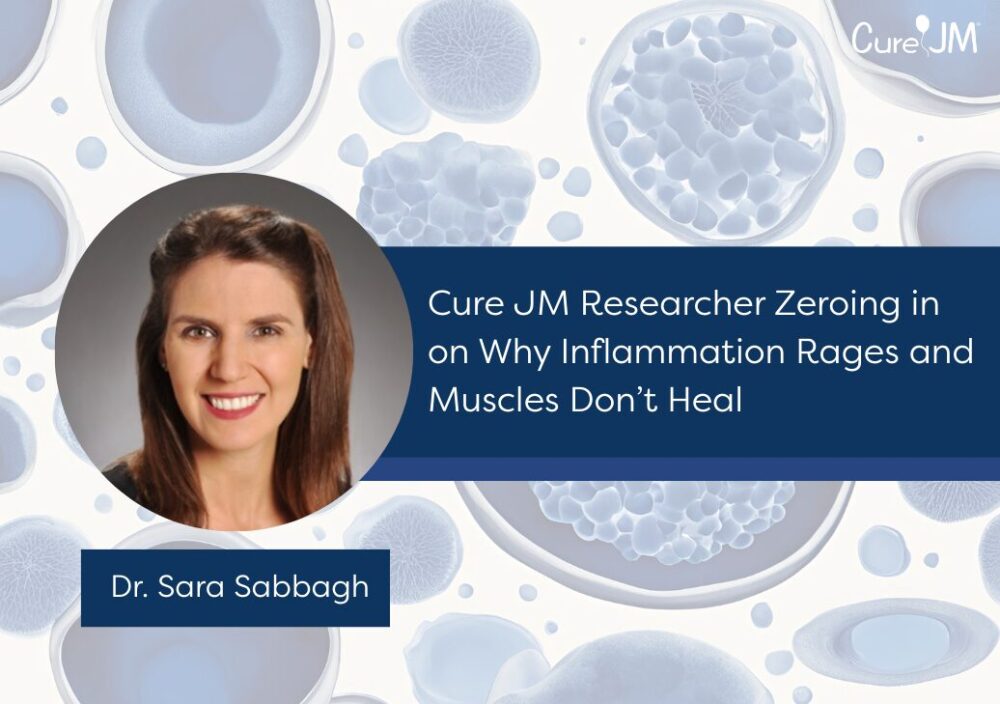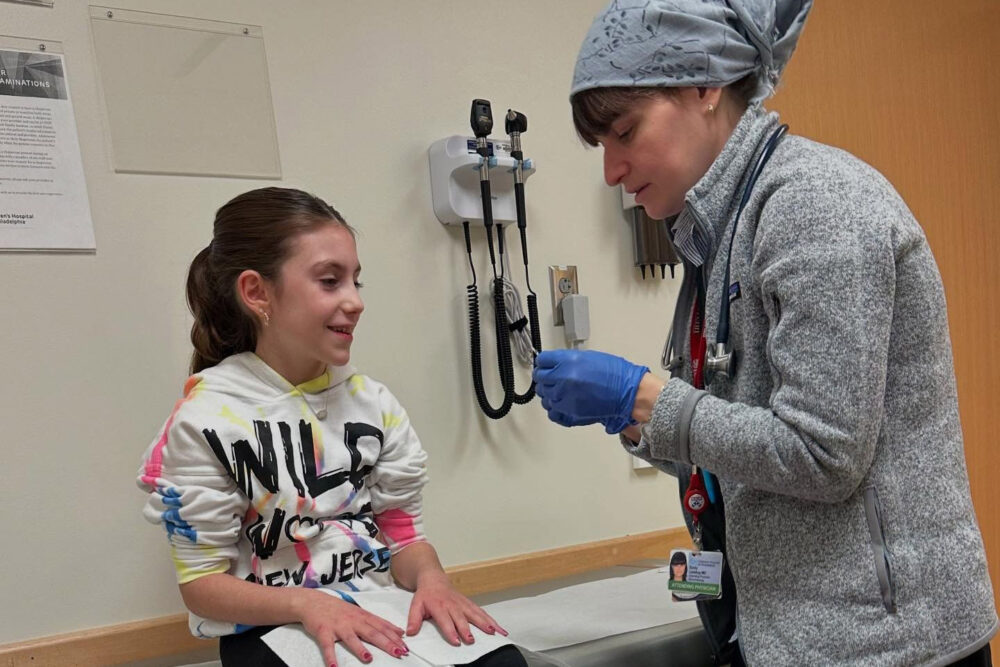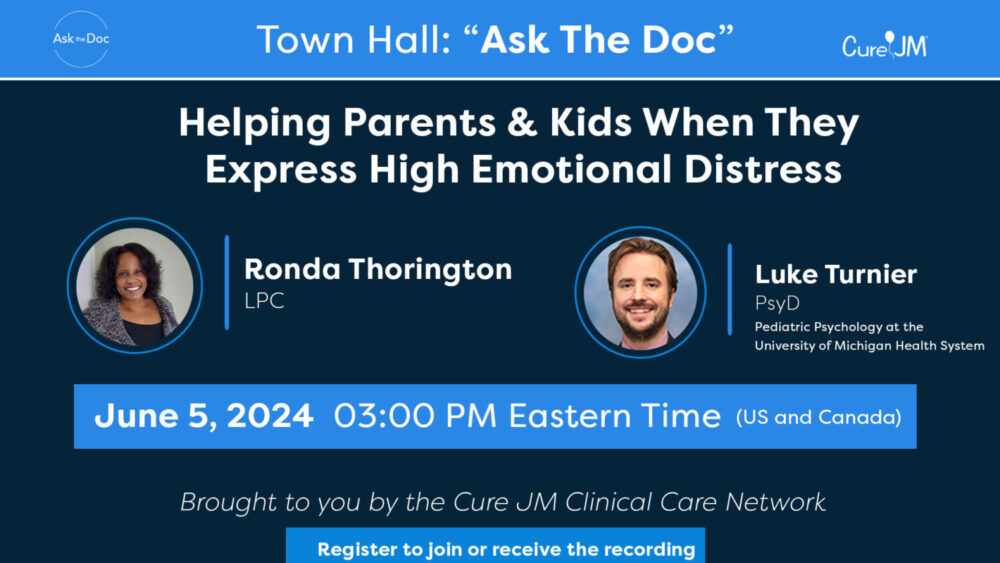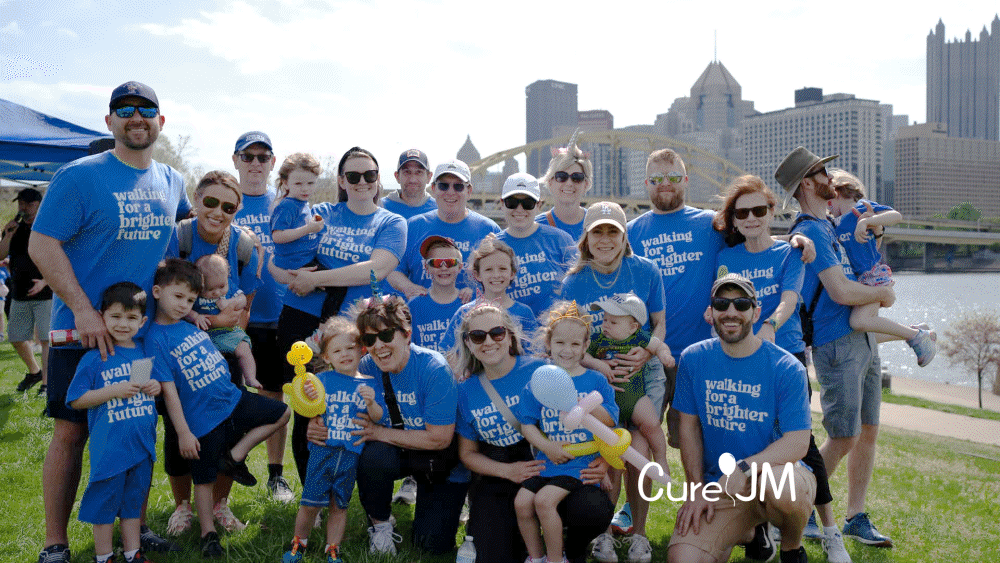Cure JM is proud to fund pioneering research by Dr. Sara Sabbagh at the University of Wisconsin, who is working to solve one of the most urgent mysteries in juvenile myositis (JM):
Why does inflammation spiral out of control—and why can’t muscles bounce back like they should?
In healthy muscle, injury sparks a well-coordinated repair process. But in JM, that process breaks down. Instead of healing, inflammation lingers—and muscles weaken. Dr. Sabbagh’s lab is working to uncover what causes this malfunction and how to correct it.
The team is focused on two key immune cell types:
- T regulatory cells (Tregs) — the immune system’s peacekeepers. In healthy muscle, they help calm inflammation and guide healing. In JM, they appear to get overwhelmed and stop doing their job.
- Th17 cells — the body’s inflammation drivers. These cells normally help fight off infections, but in JM, they may go into overdrive and make muscle damage worse.
In JM, this immune system balance is lost. Dr. Sabbagh’s research asks: Why?
Her lab is also examining two signaling proteins—Notch3 and TGF-β—that may be sending the wrong instructions to immune cells. Instead of promoting recovery, these proteins could be fueling a runaway immune response that keeps muscles inflamed and prevents healing.
“By studying how these immune cells behave in injured muscle tissue, we aim to identify where the signals go wrong—and how to stop the cycle,” says Dr. Sabbagh.
The ultimate goal: retrain the immune system to shut down harmful inflammation and restore muscle repair. This research could pave the way for therapies that don’t just manage flares—but truly heal.
Because for kids with JM, the goal is simple: heal faster, feel stronger, and get back to being kids.




